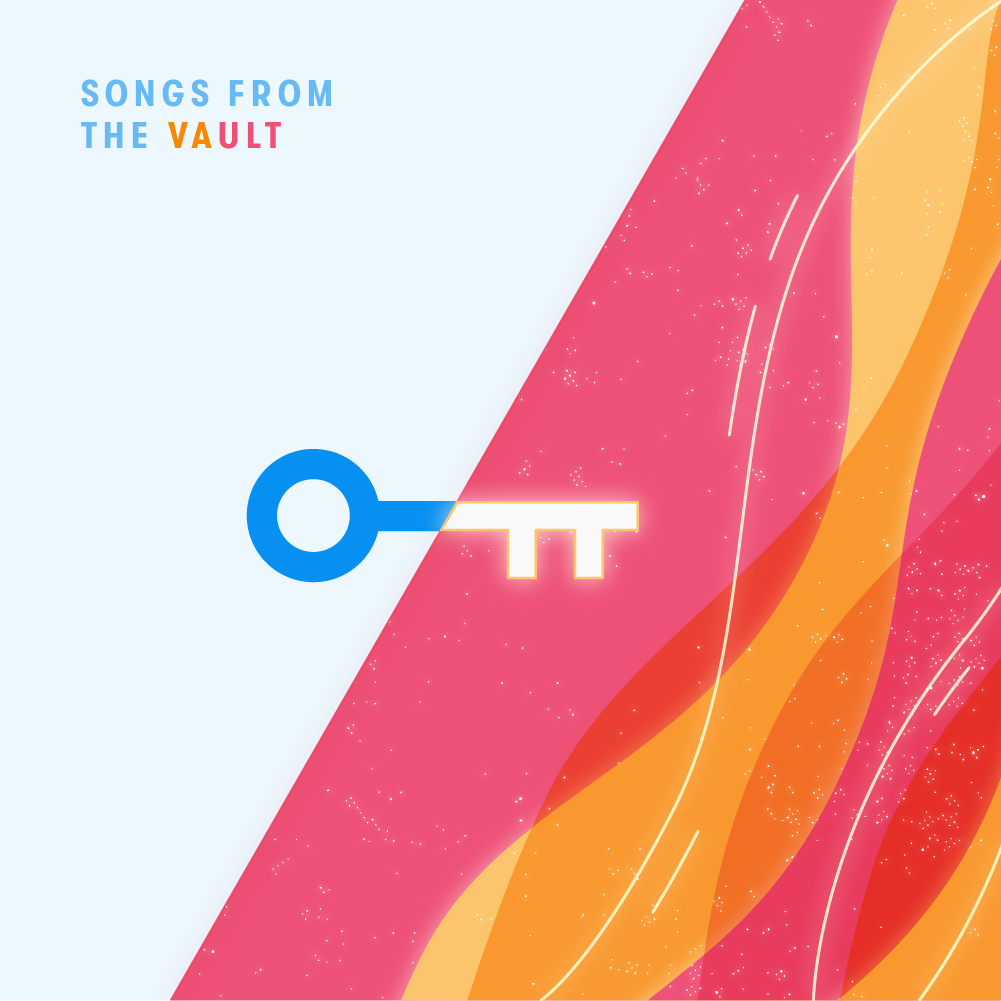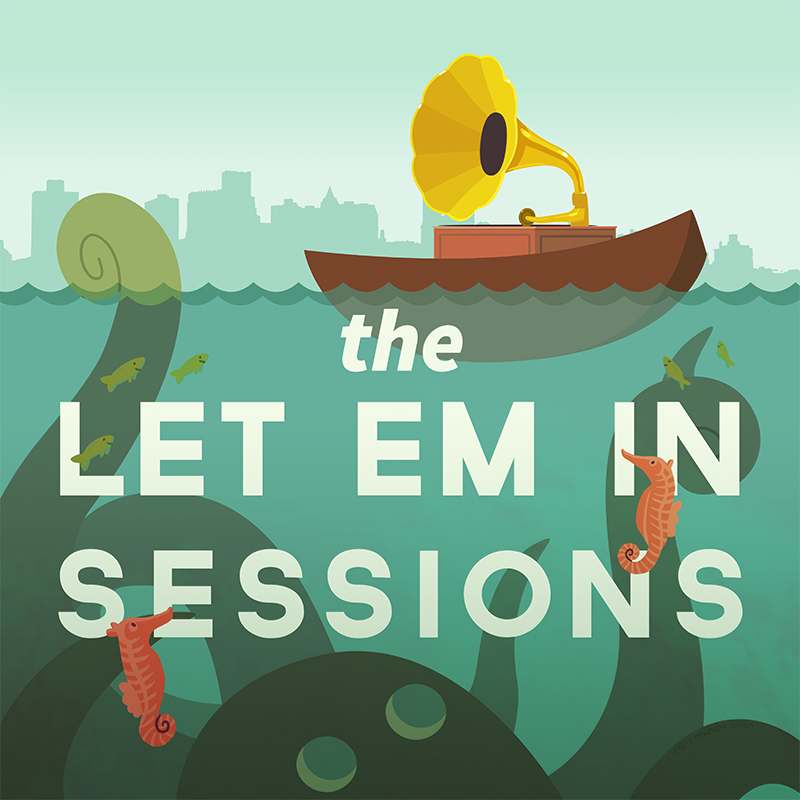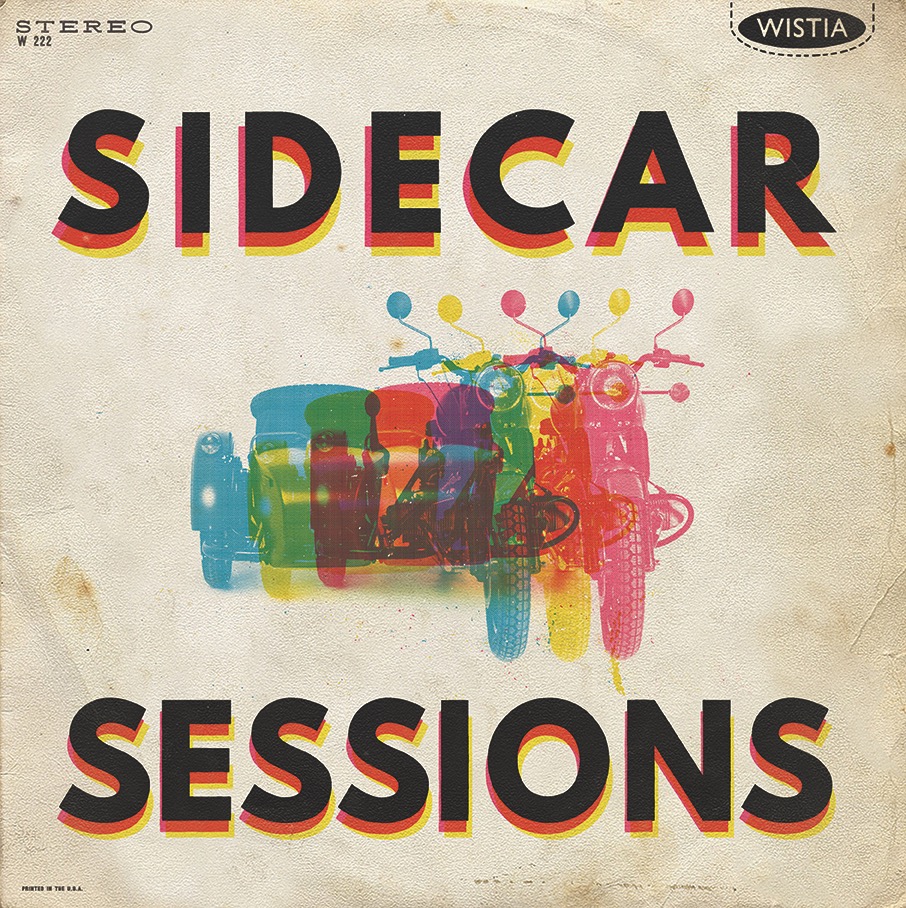Wistia’s Music Collection
Songs From the Vault
Every video needs a great track – here are some of our favorites from 2017. Learn more about our in-house process for music and video on the blog.

Back and Sides
acoustic, cheerful, sincere
Fullest Self
reflective, anthemic, purposeful
Little Wolf
quirky, simple, tech
Slow Moving Landslides
groovy, laid-back, mellow
Snake's Cove
hip, thoughtful, driving
The Let 'Em In Sessions
This eclectic group of backing tracks was recorded at Let Em In, a sunny recording studio in Gowanus, Brooklyn. Learn more about the recording process on the blog.

Oaklawn Dreams
contemplative, inspiring, bouncy
Broken Shovel
powerful, rootsy, driving
Lenny's Song
cute, organic, positive
New Juno
laid back, hip, melodic
Davis Square Shuffle
mellow, groovy, intriguing
The Sidecar Sessions
Creating “The Sidecar Sessions” was motivated by our Library video about "Choosing Background Music".

Cayuga Summer
optimistic, bright, driving
Interlaken Crossroad
contemplative, warm, moody
Merluzzo
playful, minimal, tech
